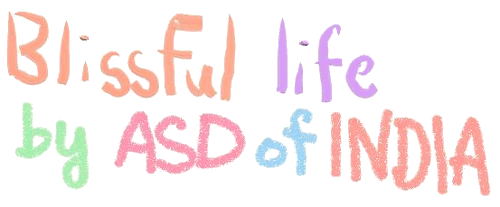Yesterday in a journal club at SOCHARA, we were faced with many challenging classification questions.
The paper we were discussing was titled "Metabolic non-communicable disease health report of India: the ICMR-INDIAB national cross-sectional study (ICMR-INDIAB-17)". The second classification question was in the title. What is a "metabolic NCD"? Are there non-metabolic NCDs? The paper was only discussing diabetes and pre-diabetes, hypertension, obesity, and dyslipidaemia. What about things like stroke? MI? Cancer? Does the paper mean that these are not metabolic?
My explanation was that the study started out as a diabetes study, but expanded to others, and, to fit the word restrictions that journal format puts out, they came up with a word called "metabolic NCD" to refer to the subset of NCDs that were studied.
I searched on google scholar for any other reference to metabolic NCD and couldn't find any other place where such a classification was being made. But on the WHO website, they classify the risk factors into two:
Modifiable behaviours, such as tobacco use, unhealthy diets, physical inactivity, and the harmful use of alcohol, all increase the risk of dying from an NCD.
Metabolic risk factors contribute to four key metabolic changes that increase the risk of NCDs: raised blood pressure; overweight/obesity; hyperglycemia (high blood glucose levels); and hyperlipidemia (high levels of fat in the blood). In terms of attributable deaths, the leading metabolic risk factor is elevated blood pressure, followed by raised blood glucose and overweight and obesity.
This language is repeated in Table 2 of the paper too where it refers to the prevalences of diabetes, prediabetes, hypertension, etc as: "Weighted prevalence of cardiometabolic risk factors among the study population"
What becomes clear is that categorizing NCDs into binary categories (like metabolic, not metabolic) is next to impossible. After all, nature doesn't fit into neat categories. Every disease has metabolic risk factors. Every disease has behavioural risk factors. All things contribute to a disease to varying degrees. Rather than categorizing, it is better to think about how much the contribution of each is.
The next discussion was on the BMI cut-off used. In Europeans, only BMI above 30 is considered obesity, with BMI between 25 and 30 considered only as "overweight". But WHO Asia-Pacific region recommendation based on studies from China, Singapore, India, etc is that cutoff 25 and above should be "obesity" in India. Above 23 can be considered overweight.
It was unclear why the cutoff of overweight could not have been used in this survey. At least, like "prediabetes" is quantified in the study, overweight could be quantified too such that we can anticipate an increase in obesity in the future.
Similarly for abdominal obesity, waist circumference of 90 cm above for "males" and 80cm above for "females" were used.
All these cut-offs are creating binary categories. The challenge with binary categories is that it does not account for the differences between people. By using different cut-offs you can account for some differences. (Like they account for race and sex above). But, those are not the only differences.
The most challenging question arose when I put a definition of journal club in the first slide: "A journal club is a regular gathering of scientists to discuss a scientific paper found in a research journal."
Are we all scientists at SOCHARA? Are only those who have a certain degree or certification considered scientists? Is there a set of skills that are considered essential before someone is called a scientist?
One could argue that those who do not know what a confidence interval is, or what p-value is, or why appropriate sample size is important, cannot be called scientists.
One could say that anyone who can ask a question and answer it rationally is a scientist.
Both these ways of thinking about people is useful. And the model I use that reconciles both is the intersectionality model.
Everyone is a scientist. Everyone is everything. But to varying degrees. There are inequalities.
There are scientists who are good in understanding lived experiences and qualitative methods. There are scientists who are good with statistics. There are scientists who can express themselves only through action. There are scientists who can express themselves only through words.
Human beings can always learn more skills. One can never finish learning in life. There is no point in putting a threshold or a cut-off for growth. There is no threshold above which someone is a scientist and below which they are not. Everyone should try to become better at everything.
Footnote: Unfortunately, this way of looking at the world is in contradiction with the existence of universities. Universities like to certify and categorize human beings. "Come here, we will do a rigorous assessment on you and give you a certificate if you cross an arbitrary threshold". It is okay if we recognize that these structures are meant for supportive supervision and allowing structure to one's learning. But when the "degree" and the "training" is confused with the learning, it becomes problematic.

No comments :
Post a Comment
What do you feel?